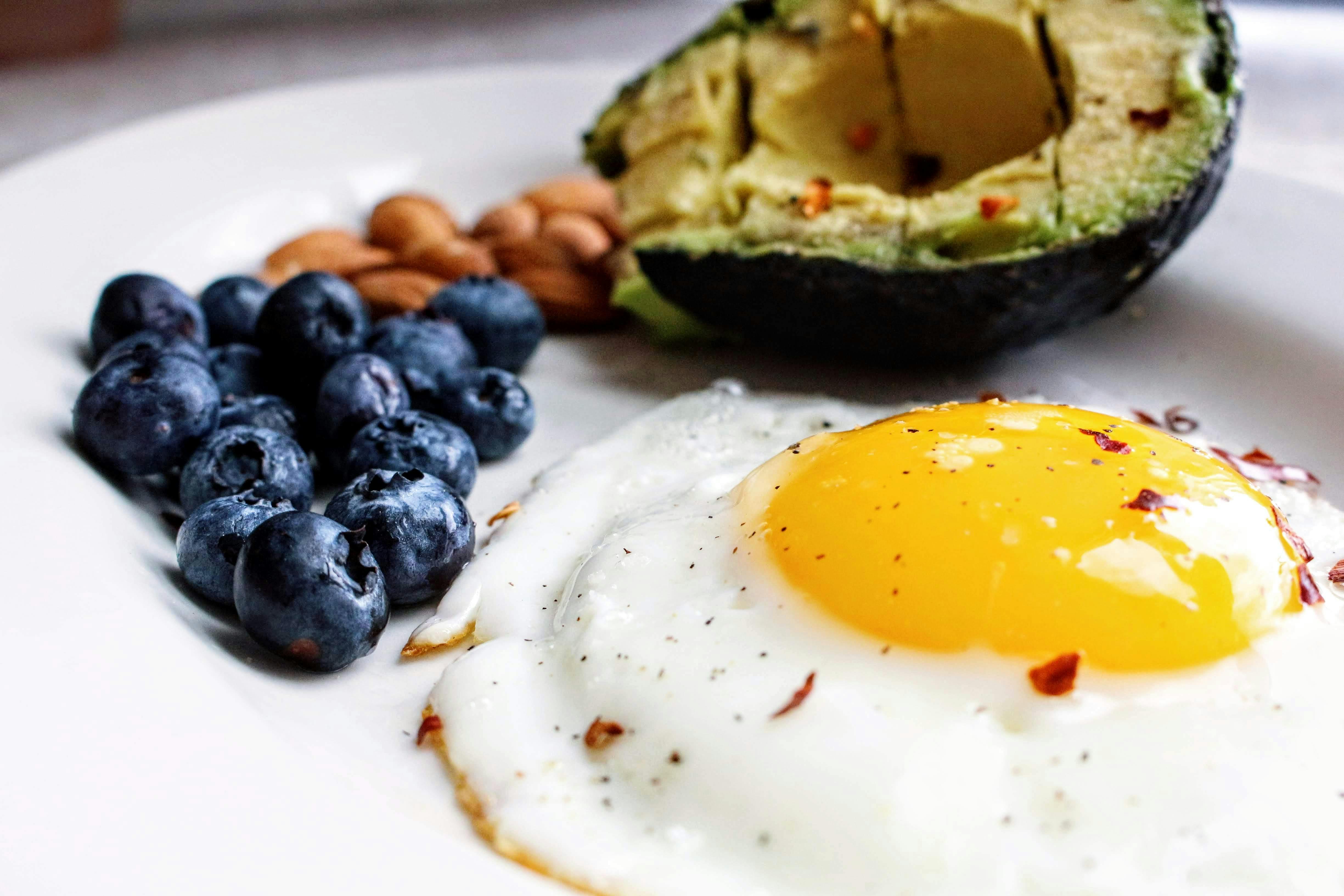Meal prep techniques to preserve nutrient quality and reduce weekday decision fatigue
Effective meal prep can help you keep vitamins and minerals intact while cutting the number of food choices you face on busy weekdays. This article outlines practical techniques for preserving micronutrients and macronutrients, optimizing hydration, and simplifying mealplanning so weekday meals feel consistent and nourishing.

Meal prep done with attention to nutrient stability and efficient choices can support daily energy, digestive balance, and food enjoyment. Rather than simply cooking in bulk, applying targeted techniques—like pairing appropriate storage with gentle cooking methods and clear portioncontrol—helps maintain micronutrients and macronutrients while reducing the mental load of weekday decisions. The following sections offer practical guidance for building balanced, convenient meals that respect metabolism, hydration needs, and overall guthealth.
This article is for informational purposes only and should not be considered medical advice. Please consult a qualified healthcare professional for personalized guidance and treatment.
How does mealprep protect micronutrients and macronutrients?
Mealprep decisions affect both micronutrients (vitamins and minerals) and macronutrients (protein, carbohydrates, fats). To protect sensitive micronutrients such as vitamin C and some B vitamins, prioritize shorter cooking times, steaming instead of boiling, and minimal exposure to high heat or prolonged air contact. For macronutrients, choose protein sources and healthy fats that tolerate storage well—cooked legumes, tofu, and lean meats keep protein intact, while extra-virgin olive oil or nut butters retain lipid quality when stored correctly. Plan to assemble components (dressings, salsas) just before eating when possible to avoid nutrient loss from prolonged soaking or acidic breakdown.
How can mealplanning support metabolism and hydration?
Consistent mealplanning supports metabolic regularity by providing balanced macronutrient distribution across the day. Include a mix of slower-digesting carbohydrates, lean protein, and healthy fats in each prepared meal to stabilize blood sugar and support metabolism. Hydration ties into mealprep through water-rich foods—soups, stews, cucumbers, and leafy greens contribute fluids and electrolytes. When prepping, note portions of hydrating ingredients and consider packing a small portion of broth or a water-rich salad alongside denser dishes to encourage regular fluid intake during busy days.
How to build plantbased meals with protein and fiber?
Plantbased mealprep can meet protein and fiber goals by combining complementary foods: legumes with whole grains, or tofu and seitan with fibrous vegetables. Aim for a protein source (beans, lentils, tempeh) plus a high-fiber component (broccoli, Brussels sprouts, oats) in each meal. Fiber supports guthealth by feeding beneficial microbes and promoting steady digestion; pairing it with protein slows carbohydrate absorption and enhances satiety. For variety, rotate legumes, whole grains, and a mix of raw and cooked vegetables, and consider including a small portion of fermented foods to support microbial diversity.
How can portioncontrol and foodlabels aid guthealth?
Portioncontrol reduces overeating and helps maintain consistent energy intake across the week. Use clear containers, food scales, or measuring spoons when prepping to create predictable servings. Reading foodlabels helps spot added sugars, excessive sodium, and artificial additives that may affect guthealth and inflammation. When selecting packaged items to incorporate into mealprep—like whole-grain crackers or canned beans—choose versions with short ingredient lists and moderate sodium. Tracking portions and label details during prep makes it easier to manage caloric needs and digestive comfort on weekdays.
What cooking and storage methods preserve nutrient quality?
To preserve nutrient quality, use low-temperature methods like steaming, poaching, or a gentle sauté. Roasting is fine for many vegetables but avoid charring, which can degrade some nutrients. Cook grains and proteins slightly under to prevent drying, then cool rapidly and refrigerate. Store foods in airtight, opaque containers to limit light and oxygen exposure; vacuum sealing can extend shelf life for proteins and many cooked dishes. For long-term prep, blanch and freeze vegetables to lock in vitamins, and portion meals before freezing to reduce thawing cycles that accelerate nutrient loss.
Practical mealprep routines to reduce weekday decision fatigue
Create a simple rotation that mixes a few base components—grains, a protein, and two vegetables—with interchangeable sauces or dressings. For example, a weekend session could produce a large batch of roasted sweet potatoes, cooked quinoa, a pot of chickpeas, and a jar of vinaigrette. During the week, combine these elements into different bowls or wraps to vary flavors without extra decisions. Label containers with dates and portion sizes to streamline choices. Keep a small emergency kit of shelf-stable items (nuts, canned tuna, whole-grain crackers) for unpredictable days. These routines reduce the number of micro-decisions while keeping meals balanced.
Mealprep that respects nutrient retention and streamlines choices can support steady energy, digestion, and enjoyment of food across the workweek. By combining thoughtful cooking methods, clear portioncontrol, and simple variety in plantbased and mixed meals, you can protect micronutrients and macronutrients while minimizing weekday decision fatigue.





